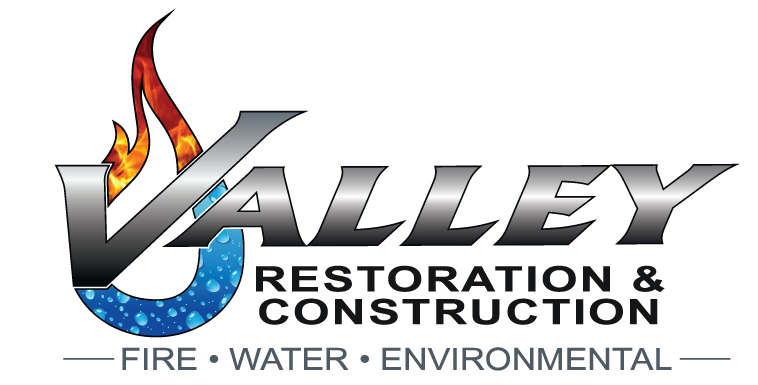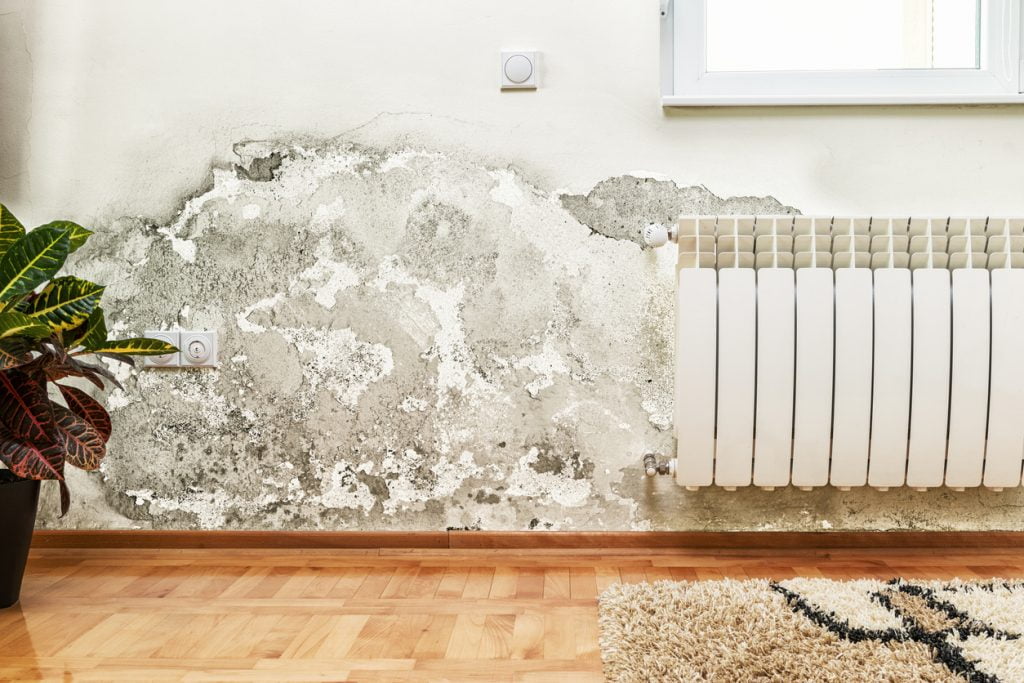It’s unsightly, fast-spreading, and potentially dangerous: mold is a problem that can occur to anyone. Upon first spotting mold in the house, homeowners often act on their first instinct and start cleaning it with bleach or some other detergent.
While it makes sense that homeowners would want to get rid of this dangerous intruder, the presence of mold often signals a deeper problem of lingering humidity. An expert restoration company will examine the mold situation and solve it with the appropriate equipment and knowhow.
What Is Mold?
Mold is a fungus. Fungi have been on Earth for over a billion years and will likely continue living with us for billions more. There are many beneficial types of mold: think of blue cheese for instance. And when your vegetables and fruit are composting, it’s mold that is doing part of the job.
However, mold can be detrimental to our health. According to the CDC, exposure to mold can cause or exacerbate several health issues, including throat irritation, nasal stuffiness, eye irritation, cough, wheezing, asthma attacks, skin irritation, and more.
Also, mold in the house is a symptom of larger problems such as humidity or leaks. Mold and mold spores will always fly around our homes; it’s just the way nature works. What matters is the mold quantity and the colonies it builds that need to be taken care of.
Let’s take a look at 5 myths about mold that need debunking.
1. Mold Is What You See on the Wall
Although we like to think that mold is the ugly, black spots we see on our walls, this is not the case. The visible mold spots are usually just the tip of the iceberg—mold colonies may have spread underneath the surface. Cleaning the visible part will not eradicate the problem, which will likely return soon.
The spots you see are usually the flowering part of the fungus. Under the plaster, mold has already spread its roots and created colonies. It then spreads its spores on more surfaces.
That is why killing visible mold usually fails to eliminate the problem. If you have found mold damage in your house, you should call a mold restoration company. They will examine the problem, determine the extent of the problem and the actual spread, and use the appropriate equipment to eradicate the entire mold colony, not just the parts you can see.
2. Most Homes Have Mold
As with most myths, this one is grounded in reality. It’s true that most homes have mold. The air surrounding us is filled with mold spores; this is just natural. The problem occurs when mold is starting to build up in particular places such as bathrooms, kitchens, basements, and attics. The combination of heat and humidity are the perfect mix for mold to develop.
A little mold may be easy to clean with some bleach. And areas under 10 sq. feet can be dealt with using just water and detergent, according to EPA guidelines.
However, this doesn’t mean that there is no lingering mold problem underneath. If the problem persists, it means that there is a lingering humidity issue that needs fixing. This usually requires a specialist who will examine the area to determine what causes the issue. Possible causes include leaking water pipes and drains, both of which can result in more serious damage and even flooding if left unchecked.
3. No Smell, No Mold
Smell is not synonymous with mold, although we are all used to identifying mold because of its characteristic, musky odor. Mold is often visible before it develops its smell. That’s because the smell is due to the fungus’ spores. By the time mold has released them, it has spread into your walls and has formed colonies that are breaking down the plaster and destroying your house.
In any case, it is best if homeowners who see and smell mold in, for example, the bathroom, the kitchen, or under the sink, get in touch with a reputable mold restoration company that will identify the problem and implement a mold remediation strategy.
4. Bleach Kills Mold
Bleach will kill the visible mold spots but not the spores. Also, bleach can’t kill the mold colony under the surface. And the underlying cause of mold—such as a leak—will not be resolved by bleach.
In order to get rid of both mold and its spores, you need to apply specific cleaning products that suck the humidity from the surface. This is the only way for the entire colony, including the roots and mold spores, to die.
More importantly, you need to identify the underlying problem: was it a leaky pipe or drain? Is there too much humidity in your house? Only after sorting out this problem can you defeat mold infestations.
5. Once Gone, Mold Won’t Come Back
Mold is persistent. Even small increases in humidity allow mold to develop and expand. Humidity and warmth are the perfect breeding grounds for mold.
If you already have a serious mold problem, you need to take care of it with expert advice to make sure the problem doesn’t come back a few weeks later. Killing the well-hidden mold roots is the only way to destroy mold colonies.
Mold is around us and no home can be mold-free. However, the safest way to make sure that a mold infestation in your house will never come back is to make sure that humidity levels are low throughout your property, properly ventilate your house, and fix any leaks or broken pipes.
Also, remember that mold is often a symptom; not a cause. By the time you have to throw away items with a porous surface because mold has seeped through, it’s usually too late. Consider mold an early-warning system for your house’s condition.
Can You Live with Mold in the House?
If you have a visible mold problem or suspect a mold infestation, it is always best to call a reputable mold restoration company that will tackle the problem with expert know-how and the proper equipment and detergents.
They will also check for the underlying cause and fix any problems before these can further damage your house.
In order to avoid mold problems in the future, ventilate your home, make sure humidity levels are low, and fix any water-related problems.

